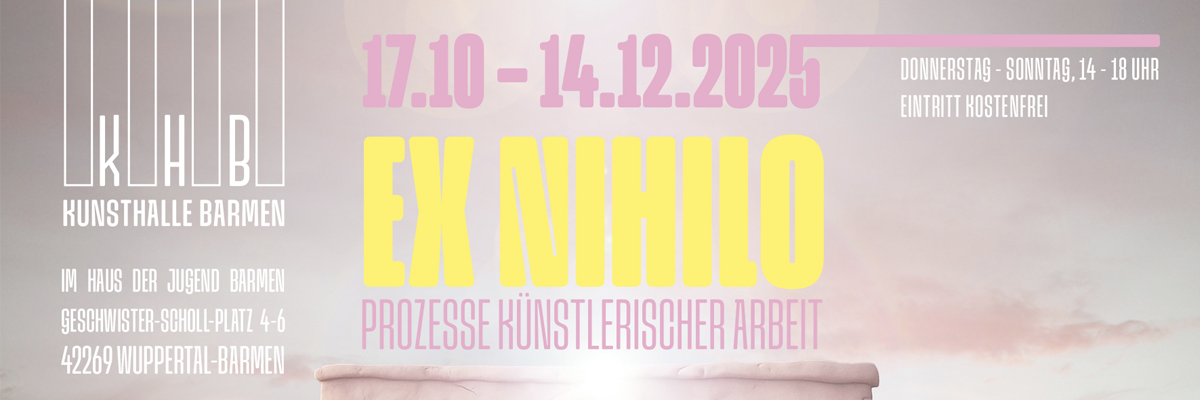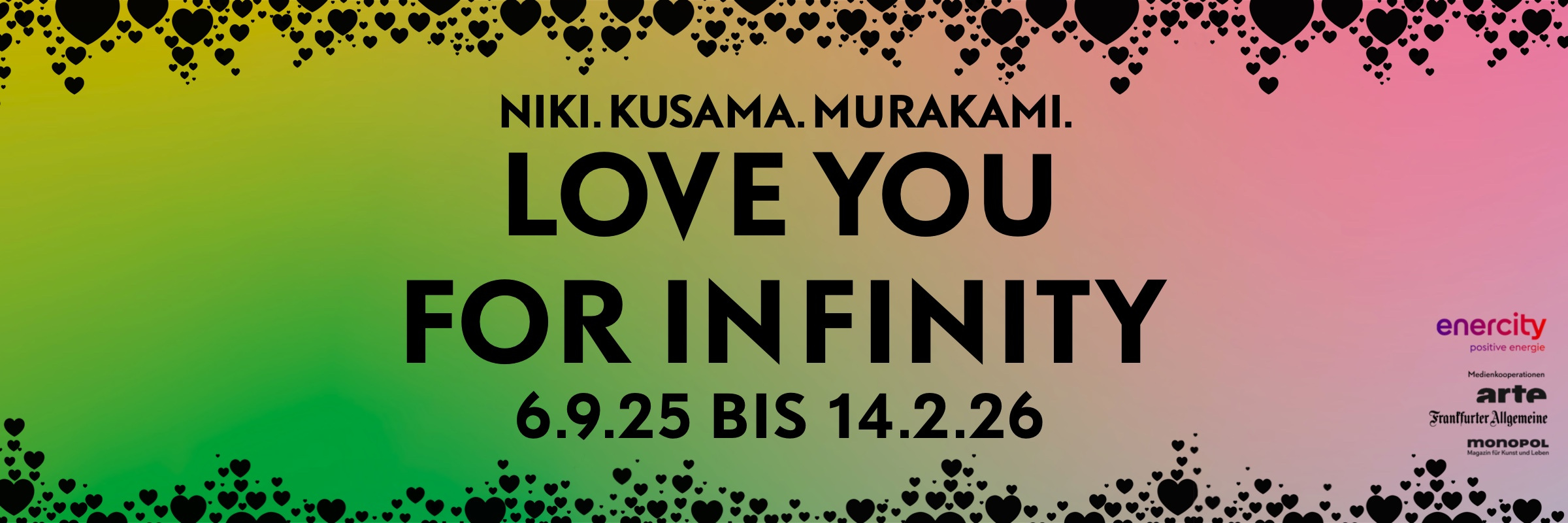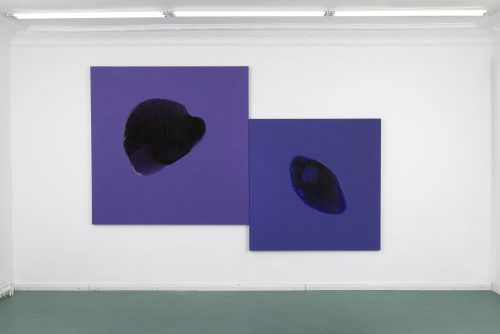
Zohreh Zavareh
Les sans trêve Chapter II
Project Info
- 💙 Traits Libres Gallery
- 💚 Fabienne Bideaud
- 🖤 Zohreh Zavareh
- 💜 Fabienne Bideaud, critique d'art, commissaire de l'exposition
- 💛 Aurélien Mole
Share on

Advertisement



Mes yeux sans trêve, 2025, ceramic, 45х39х20 cm


The second chapter follows the first, although the narrative appears to be reversed. From the presence-absence of the combating body and the hopeless stillness of the first scene, we transition to the bustling life of creatures that only timidly seeped through in chapter one. In chapter two, we appear to be centred in the culmination.
We step out onto the battlefield. Heads, eyes, swords, legs, horses, boots, creatures are swaying from one piece of Japanese paper to the next. The characters either conform to the scenography or grow through and outside of the textured paper fibres. Once again, the inked figures exhibit an indexical nature: helmeted faces, bones, feet with protruding veins, radiating or irradiating torsos, weapons, horse silhouettes, underground shelters, and so on. All these vignettes assemble together to form the battle scene.
Inspired by medieval battle miniatures, Italian Renaissance paintings, as well as Persian miniatures, Zohrer Zavareh is intrigued by the descriptive, narrative, and active nature of these images — especially the inexhaustible richness of their details. However, the artist acts in reverse: she takes a single object and develops it in several ways — through doubling or even tripling, through making a series, or expanding into new materials (ink, ceramics, wax, drawings). Zavareh focuses on the uniqueness of that particular detail and its narrative potential, which occasionally leads to its transformation into a kind of strangeness — a creature.
Zavareh pursues the game of psyche and cognitive drifting. We encounter forms and creatures that seem familiar — a sort of déjà vu, a mirror with an absent reflection. A twisted time-space appealing to our memories. The artist transforms the chapter structure, the second foreshadowing the first. We notice that some of the details in the drawings have escaped and found form in chapter one — the tête-à-tête helmet creature, boots, eyes that followed us. This formal connection ties the chapters together and allows us to reconstruct the chronology, anxiously raveling through memories. As the first chapter revealed despair and resistance, the second evidently invites us to battle: to fight and defend, to think strategically, to unleash energies and be cunning — like the ceramic torso in front of us, glaring at us with wide-open eyes.
Les sans trêves is a drama consisting of two acts, forming a narrative that we observe as an audience through a prolonged time frame: “A time in which the concrete and the dream, the past in its different forms and the present, the plausible and the fantastical or the uncertain, the sensorial and the political are interwoven.” [1]
[1] Bénédicte Boisson, Laure Fernandez, Éric Vautrin, Le cinquième mur – Formes scéniques contemporaines & nouvelles théâtralités, les presses du réel, 2021, pp 242, 243
Fabienne Bideaud, critique d'art, commissaire de l'exposition



